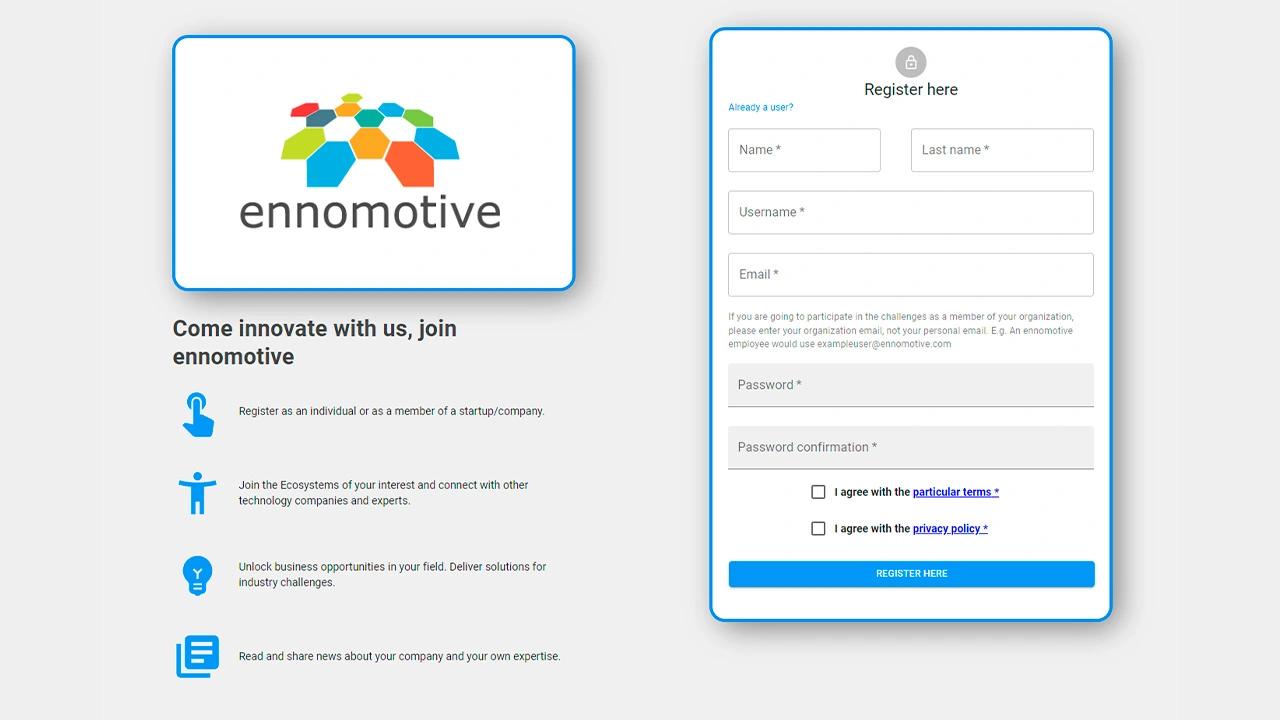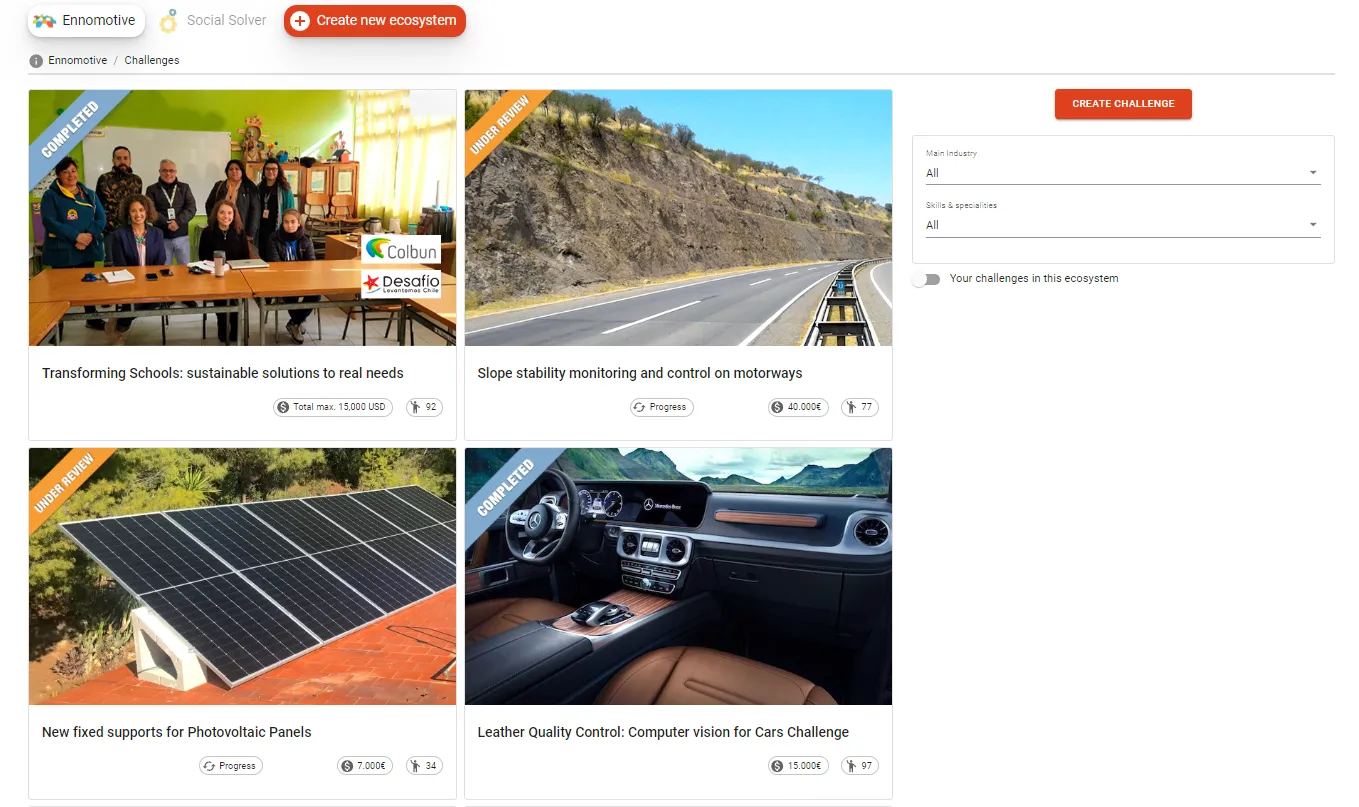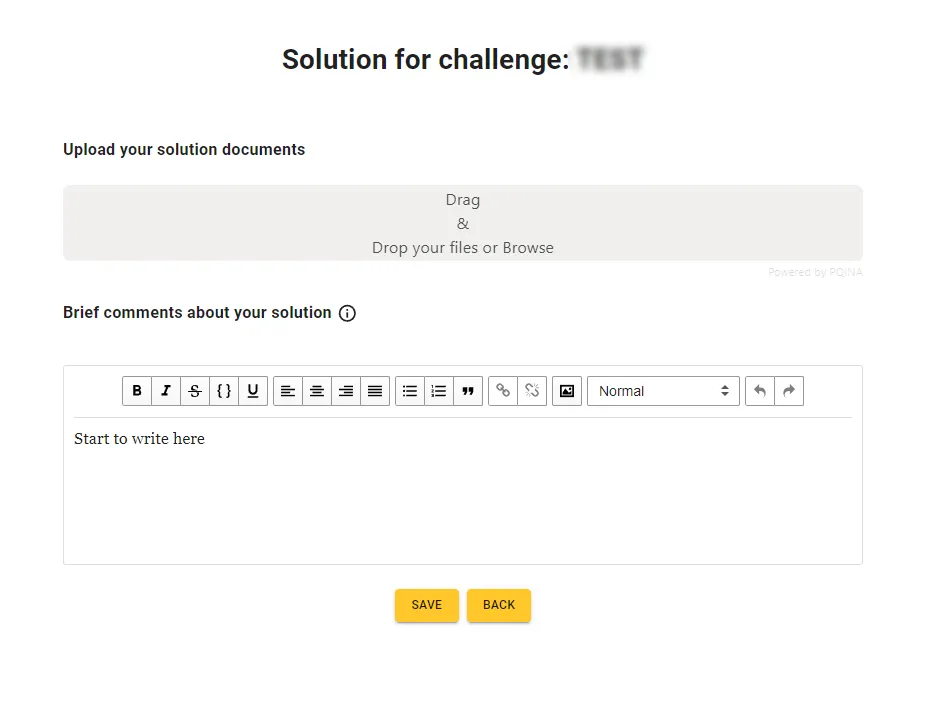Background
Great amounts of land are handled in mining for mineral extraction. Once the land is processed, it is necessary to transport, put, and steady a lot gravel to make the terrain usable and environmentally acceptable again.
The Challenge
In order to carry the gravel to its final destination, this company uses a transportation system whose last units need to be moved as the gravel is gradually put on the ground.
The movement takes place at the CV25 belt of the cathodes area. This belt moves from 60 to 70 m. due to the configuration of spreader’s conveyor. According to the production levels, this belt is moved approximately every 3 months. The CV25 belt is 900 m long and it is formed by several tables (1 m long) that support it. It has a USB brake, an elastomer coupling and a frequency variable.
As a reference to where the belt should be finally placed, a line on the ground is drawn, and this is carried out using on-the-spot topography equipment.
The belt’s flexible rail allows the pulling to move the belt. The backhoes pull the belt with the pulling device until they move it to the final position. After that, the fine alignment process begins.
The belt’s final alignment is done using a particular accessory (called “rock breaker”) for the CAT 3200 and a person that helps coordinate the alignment of the rails on which the belt is assembled/put, through topography table to table. The fine alignment of the belt takes over 12h (up to 25,5h).
The “rock breaker” equipment has GPS but it is not being used at the moment.
Poles and cylinders must be aligned, and if this is not done properly, a lot of dust is generated and the belt may break. The alignment precision must be 5 cm horizontally (parallel to the ground) over the belt’s longitudinal axis.
The vertical alignment depends on the stabilization of the land (Proctor 95%), and every table has height adjusters through gator bolt anchors.
Currently, after the alignment, some deviations on the axis occur, which imply the unplanned halts that might last up to 13,5 hours.
Take a look at the annex with the process graphs and pictures.
What the client is looking for
The client wants to reduce the fine alignment time of the CV25 belt.
A new method to align the belt is expected. In all instances, a correct compliance with the HSE Manager regulations is required, and safety is a priority.
Evaluation Criteria
- Time reduction: number of hours on the alignment of CV25.
- Alignment method: not just a reference line, the goal is to implement a new tool or method.
- Safety: the elimination of the risk in the interaction man-machine and compliance with all the HSE Manager regulation are required.
- Implementation time: less than 1 year. The solution must guarantee an easy implementation, change management and operation.
- Maintenance: The solution must have a simple and low-cost maintenance. It must be industrial equipment that resist a highly dusty environment and erosive materials.
- The solution must be a product, procedure or systems that gets the job done.
This is a 3-rounds tournament with the following submissions:
First round
A PDF document including:
- Brief description / sketches of the proposed design.
- Supporting evidence on how your proposal will solve the issues around
In addition you can add an attached document to support your solution
Second round
- System specification
- Mounting and operation procedure
- Drawings
If required, additional information will be provided during the course of this round.
Third round
- Clarifications.
Timeline
This is a 3 round tournament:
1st round – 10 days + 4 week for evaluation (it depends on the client’s decision)
2nd round - 4 months



